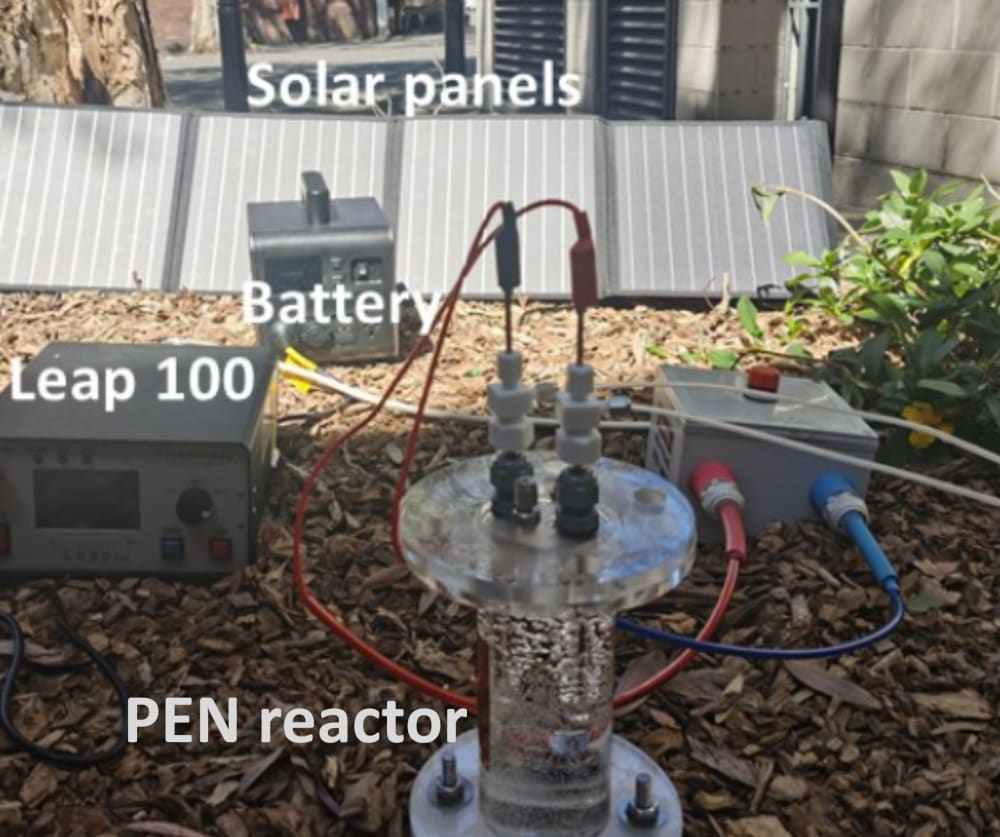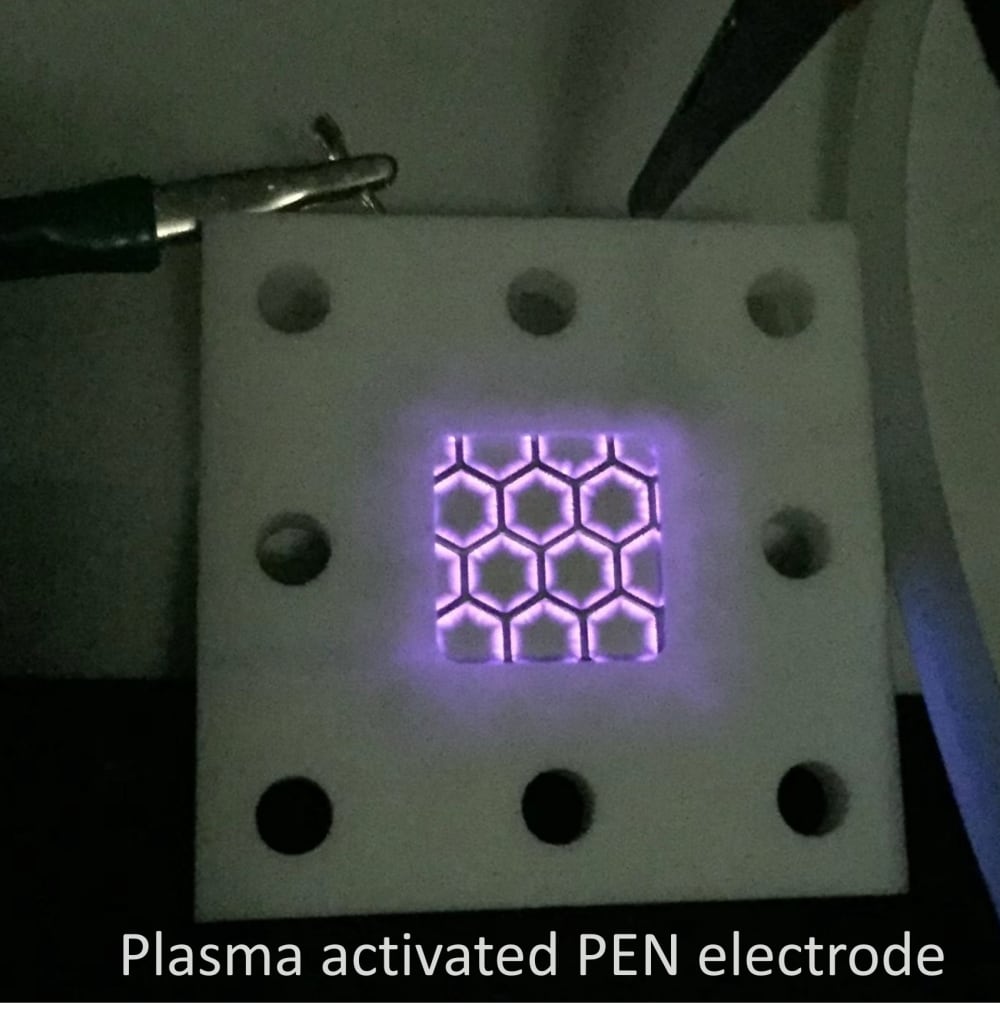
I have developed and demonstrated a scalable, fully-electrified process for “green” ammonia (NH3) production from abundant resources in the Earth – air, water, and renewable electricity. The technology enables activation of inert nitrogen and ensuing conversion to ammonia through an integrated plasma and electrocatalysis. It provides significant benefit to agriculture and energy sectors as distributed, on-demand fertiliser for regional farms and effective means for hydrogen transport and export, contributing to global carbon emission reduction, sustainable manufacturing, and supply chain security.
Ammonia lays the foundation of agriculture as a fertiliser with a market size of over 180 million tonnes per year (Mt/y) in 2020. It has also been identified to underpin the “hydrogen economy”2 and “ammonia economy” by serving as an energy-dense, safe hydrogen carrier and a carbon-free fuel for heavy-duty transportations such as maritime shipping. International Energy Agency predicts a more-than-double AMMONIA MARKET OF 460 MILLION TONNE PER YEAR WORTHING US$ 110 BILLION in 2050 under the Net Zero Emissions by 2050 Scenario. Most NH3 today is produced via the Haber-Bosch (H-B) process, which is highly energy- and carbon- intensive, consuming nowadays 1%–2% of global energy and producing ~1.8% of global CO2 emissions.
My technology provides a solution to address the above challenges in present H-B ammonia synthesis by an INNOVATIVE process––plasma electrocatalysis nexus (PEN)––where N2 molecules are firstly energised to its vibrationally excited state (denoted as N2*) using a low-cost, electricity-driven non-thermal plasma process and subsequently transported to and converted at the electrode loaded with N2*-to-NH3 catalysts, again powered by electricity. Synergistic effect exists: the plasma excitation markedly eases the ensuing electrocatalytic conversion step.
The potential of PEN for high NH3 selectivity and yield has been shown in my PATENTED PROOF-OF-CONCEPT STUDIES. I have further successfully integrated this proof-of-concept PEN unit with a small solar cell array and storage battery, demonstrating its FEASIBILITY of full-renewable-powered green ammonia synthesis. Through collaboration with scientists and engineers in university and with industry partners, we are working towards achieving a solar-panel-powered pilot-scale (10 kg-NH3 per day, 5–10 kW capacity) test, first of its kind in the world, in the next three years.
Being able to be powered by renewable electricity, the PEN provides a truly green approach for NH3 production. Further, the PEN is advantageous in that it has a LOW MANUFACTURING COST compared with the existing H-B process and also the competing, indirect green ammonia pathway (N2 oxidation and reduction): (1) it activates only N2 and directly converts N2* to NH3 using water as a hydrogen source, bypassing intermediary NOx present in the indirect way, (2) it requires fewer electrons transferred (3e– per NH3) compared to NOx reduction reaction (e.g., 8e– for NO3–-to-NH3), lessening electron demand in the electrocatalytic step, and (3) the theoretical energy demand for PEN is only 3.3 kWh/kg-NH3, much less than the state of the art of the H-B process (~10 kWh/kg-NH3).
-
Awards
-
 2023 Top 100 Entries
2023 Top 100 Entries
Like this entry?
-
About the Entrant
- Name:Fengwang Li
- Type of entry:individual





